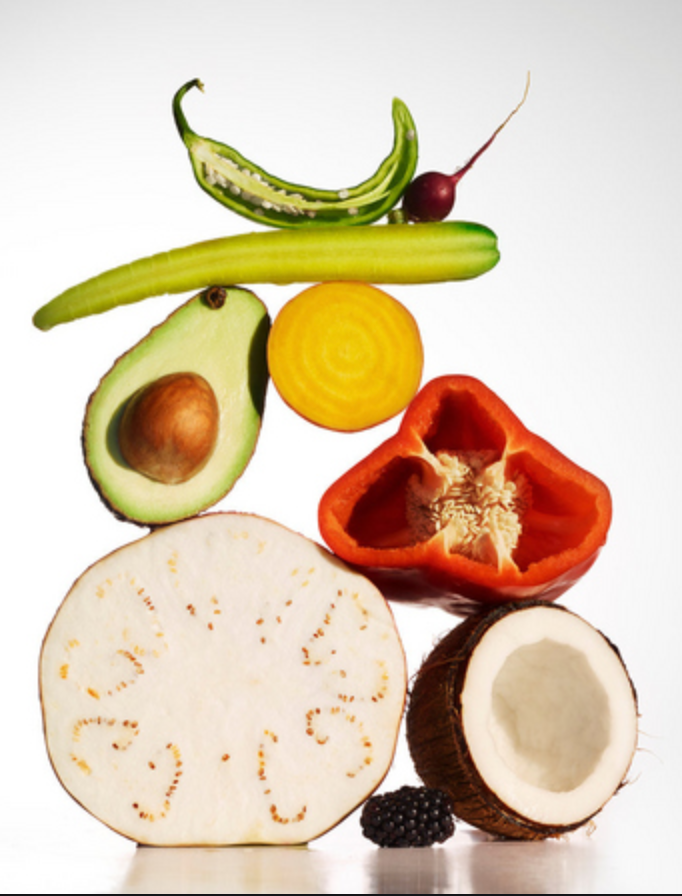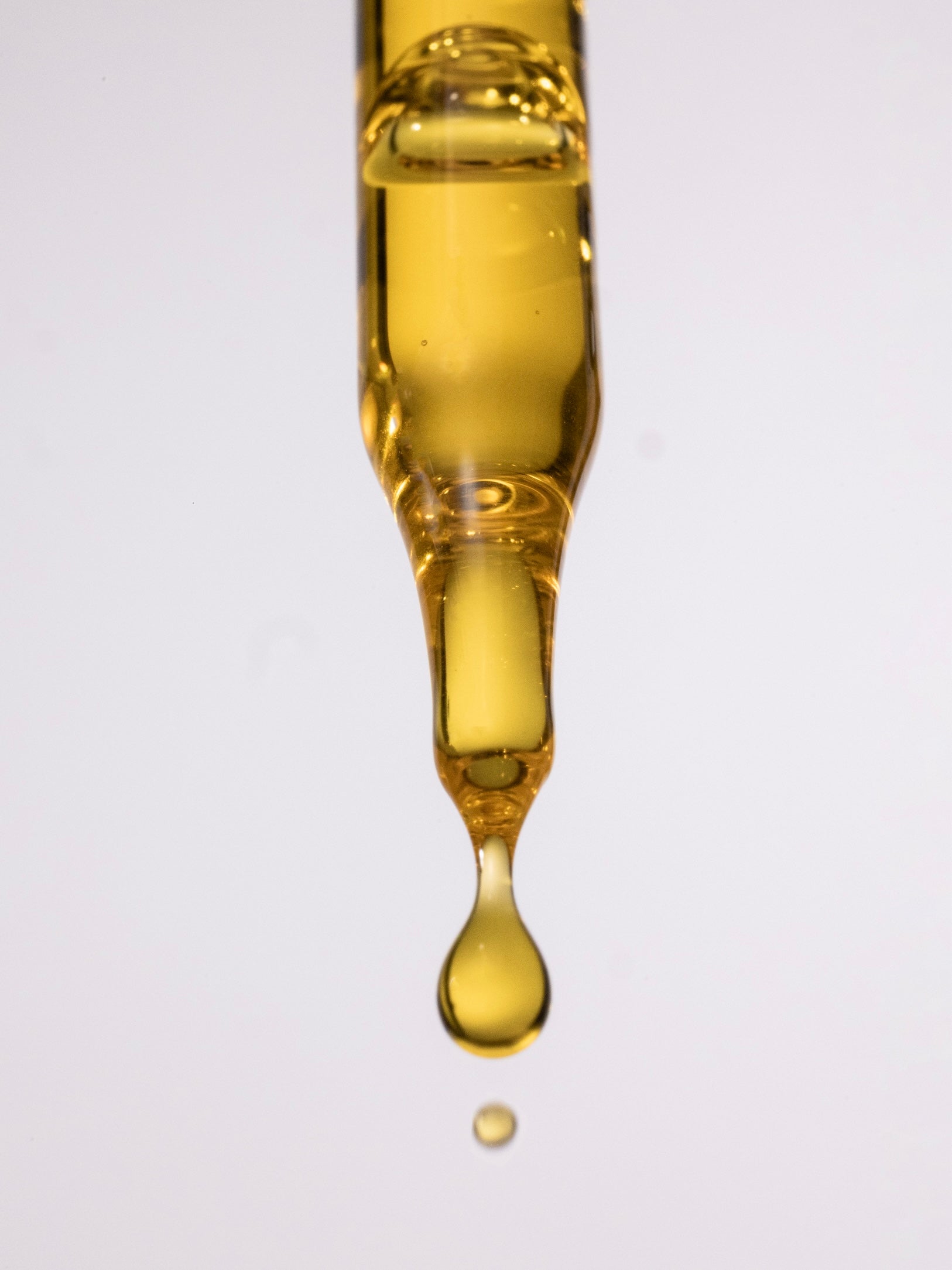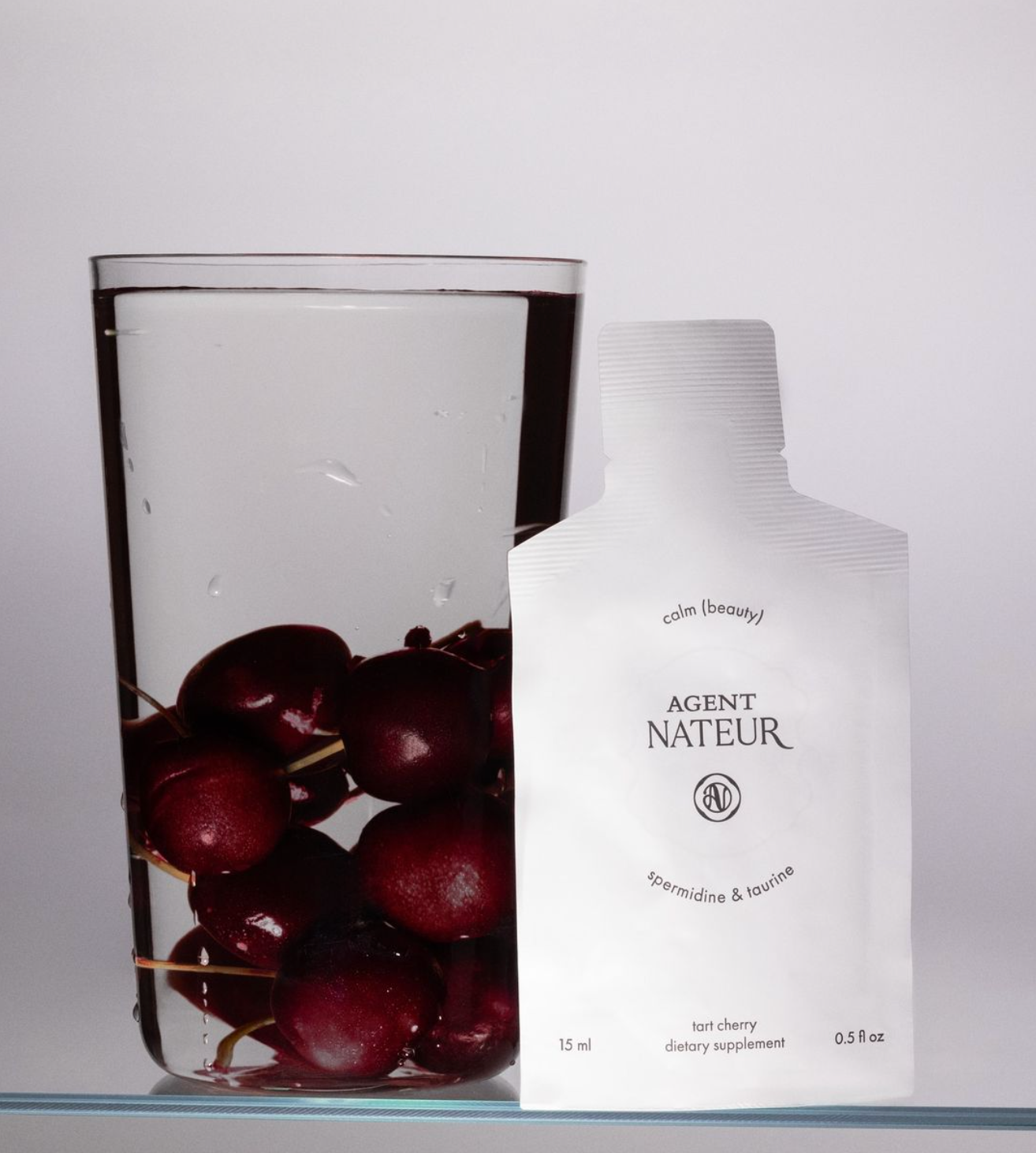The History Of Monsanto

At the very heart of the modern agricultural industry, and at the heart of the genetically modified seeds on which it runs, is one company with a toxic legacy, Monsanto.Monsanto is heavily involved in all of our lives, from the air we breathe to the food that we consume, yet many are still unfamiliar with this corporation that is filling crops with GMOs for breakfast, lunch, and dinner. Monsanto has been around for over one hundred years and stands at the forefront of Genetically Modified Organisms. Their influence and market share holds a devastating dominance over our food, and their reputation of creating andhiding health risks and pushing unregulated and unlabeled GMOs into our food supply has left many questioning their intentions. Monsanto has been accused of both contributing to and benefiting from the food crisis, while simultaneously using it as a PR platform to promote Genetically Modified crops as the solution to the crisis.
Monsanto’s trend of pushing unregulated and unlabeled GMOs into our food supply, coupled with their tough fight against GMO labeling laws in the United States, leaves our food and crops filled with more crap than ever. GMO soy, corn, wheat, and canola (rapeseed) oil hit the market hard and are advertised as healthier alternatives to the other non-GMO options. Over 80% of canola on the market is of their GMO variety, and should NOT be consumed. More than 60 countries regulate and/or ban GMOs from their food supply, but the United States does not. Perhaps this is why Americans, despite our high cost of healthcare, are collectively the sickest people in the world. Today, a big problem we are facing is the omnipresence of glyphosate, the active ingredient in Roundup. Roundup is the most successful chemical warfare that has ever been sold on the planet. We use 4.5 billion pounds of the single chemical glyphosate annually. The original purpose of glyphosate was as an antibiotic, not as a weed killer, and you better believe that if 4.5 billion pounds of it are being sprayed on our food, we ourselves are ingesting this chemical antibiotic. To find out all of the side effects of glyphosate, read our blog here: https://www.agentnateur.com/blogs/agent-tips/how-to-detoxify-your-body-from-glyphosate
But how did we get here? Monsanto’s focus has not always been on agriculture and “feeding a starving nation”. If you look at the company’s history, you will see that we are leaving public health in the hands of a corporation that is a major producer of dioxins and PCBs and other seriously harmful chemical poisons. There is a revolving door that exists between Monsanto and U.S. regulatory and judicial bodies making key decisions. A number of former Monsanto employees have later taken positions in the FDA and other regulatory agencies that monitor Monsanto’s products. A multitude of studies have shown that Monsanto’s GMO crops and their associated herbicides are toxic, and still, the FDA accepts Monsanto’s arguments as for why said product is safe. In 2008 the President of the General Assembly of the United Nations condemned corporate profiteering: “The essential purpose of food, which is to nourish people, has been subordinated to the economic aims of a handful of multinational corporations that monopolize all aspects of food production, from seeds to major distribution chains, and they have been the prime beneficiaries of the world crisis. A look at the figures for 2007, when the world food crisis began, shows that corporations such as Monsanto and Cargill, which control the cereals market, saw their profits increase by 45 and 60 per cent, respectively.”Monsanto has simply followed the money, and wherever they saw they had the biggest chance to make profit, they went.
THE HISTORY OF MONSANTO
1901: John Francis Queeny, a thirty-year pharmaceutical veteran, founded Monsanto as a chemical company. The company launched to produce Saccharin, the artificial sweetener sold to Coca-Cola.
1920’s: Monsanto expands into basic industrial chemicals and drugs. They become the largest maker of aspirin. This also marks the introduction of their Polychlorinated biphenyls (PCBs). PBCs were considered an industrial wonder chemical and are now found to be one of the gravest chemical threats on the planet. They were banned after fifty years due to their toxic nature, but even still, traces are found in just about all animal and human blood tissue cells across the globe. The U.S. Environmental Protection Agency says, “PCB has been demonstrated to cause cancer, as well as a variety of other adverse health effects on the immune system, reproductive system, nervous system and endocrine system.” Internal company papers show that Monsanto knew about the PCB dangers from early on.
During the Second World War, Monsanto began research on uranium to be used for the Manhattan Project’s first atomic bomb and continued to operate a nuclear facility for the U.S. Government until the late 80’s.
1940’s: Monsanto becomes a leading manufacturer of synthetic plastics, and uses its first hybrid seed corn to expand into toxic household products, such as detergents, soaps, and industrial cleaning products.
After the Second World War, Monsanto championed the use of chemical pesticides in agriculture. They created these pesticides using dioxin, which poisons the food and water supplies. It was later discovered that Monsanto knowingly failed to disclose that dioxin was used in many of their products.
1960’s: Monsanto produces dioxin-laced Agent Orange for use in the United States’ Vietnam invasion. Vietnam War Veterans in the United States filed a lawsuit against Monsanto following the contamination of 3 million Vietnamese civilians, 500,000 of them left dead, and a half-million babies born with birth defects. Internal Monsanto memos show that they were aware of the dangers of dioxin contamination of Agent Orange when it sold to the U.S. government, but still, no compensation has been paid to Vietnamese civilians because Monsanto was able to present studies that showed otherwise.
1960’s: G.D. Searle discovered the artificial sweetener Aspartame. Aspartame, also referred to as NutraSweet or Equal, laces more than 6,000 products and is added to diet versions of many of the most popular sodas. The FDA first approved aspartame in 1974, but one of FDA’s very own scientists, Adrian Gross, found internal research revealing that aspartame causes tumors and massive holes in the brains of rats before killing them. The FDA then initiates a grand jury investigation into G.D. Searle for knowingly misrepresenting findings and put the approval on hold. Here’s where it gets even more curios. At that time, Donald Rumsfeld was both the CEO of Searle and on the transition team for Ronald Reagan. After Reagan’s inauguration in 1981, Searle re-applied aspartame to the FDA for approval, at which point Reagan fired the FDA commissioner and replaced him with Arthur Hayes Hull, Jr., who re-approved aspartame for dry products, despite indisputable research revealing its toxic effects. Two years later, after flooding the market, aspartame was approved for liquids. Soon after, Hull left the FDA to take a job at Searle’s PR firm.
In 1976, Roundup, Monsanto’s most popular pesticide and herbicide, was created. Roundup, a chemical weed killer used by farmers across the board, is designed to kill every natural thing it touches. Within a few years, Roundup was Monsanto’s most profitable product. The success of Roundup led Monsanto to shift its focus to agriculture and distance itself from the historical core of its business. Monsanto then developed genetically modified suicide seeds, or Roundup-ready seeds, that would resist the glyphosate, the active ingredient found in Roundup, so that farmers can still use the Roundup to blanket their fields and kill weeds, pests, and everything else. These GMO-ready crops are engineered to self-pollinate, so even if bees attempt to pollinate a GM plant or flower, they are poisoned and die. Do you really want to eat that? They even took it a step further and patented these seeds, so if you are a farmer who buys Roundup-ready seeds, you are required to sign an agreement promising not to save the seed produced after each harvest for re-planting. You are also prohibited from selling the seed to other farmers. In short, farmers are forced to buy new seeds and heavily rely on Monsanto. Monsanto sets aside a budget of $10 million to harass farmers over alleged improper use of its patented seeds, driving many small farmers out of business.
In 1985, Monsanto purchased Searle. Conveniently, a 1987 General Accounting Office report states that research on aspartame was ongoing in all areas except brain tumors. Furthermore, the FDA dissuaded the National Toxicology Program from doing further cancer research on aspartame. Yet, there a still many independent scientists and researchers showing aspartame’s toxic effects on the brain. Like I said, convenient.
According to The U.S. Food & Drug Administration, the known effects of aspartame ingestion are: “mania, rage, violence, blindness, joint-pain, fatigue, weight-gain, chest-pain, coma, insomnia, numbness, depression, tinnitus, weakness, spasms, irritability, nausea, deafness, memory-loss, rashes, dizziness, headaches, seizures, anxiety, palpitations, fainting, cramps, diarrhea, panic, burning in the mouth. Diseases triggered/mimicked include diabetes, MS, lupus, epilepsy, Parkinson’s, tumors, miscarriage, infertility, fibromyalgia, infant death, and Alzheimer’s.
As a major producer of both dioxins and PCBs, the reality that Monsanto was filling the world with persistent environmental pollutants that pose serious risks to environmental and human health was coming to light all at once. By the 1980’s Monsanto was drowning in lawsuits and environmental clean up costs, so there was a need to turn the company around, fast. In an effort to escape billions of dollars in environmental cleanup costs and other liabilities, Monsanto sells itself to a new company called Solutia and re-launches itself as an agricultural biotechnology company. Solutia was ultimately forced to seek chapter 11 bankruptcy.
2018: German pharmaceutical company Bayer, who developed aspirin, acquires Monsanto for 63 billion dollars. Aspirin has killed more than 3,000 people per year. https://consent.yahoo.com/collectConsent?sessionId=2_cc-session_d42b9f0f-36f9-402c-95c3-7d47a04d657e&lang=en-gb&inline=false
2019: Monsanto/Bayer propose 8 billion dollar settlement over Roundup cancer claims. https://www.cbsnews.com/news/monsanto-parent-bayer-said-to-propose-8-billion-settlement-over-glyphosate-claims/
My advice to you – do not trust everything you read on the Internet, change your search engine from Google to another search engine, as google is now owned by a pharmaceutical company and is hiding holistic information by changing their algorithms. Read more about that here: https://www.organicconsumers.org/news/google-now-pharmaceutical-company
Do your own investigating. Follow the money before you believe whatever research is out there stating that the organic movement is fake, or that GMOs aren’t bad for us. This concentration of power is in fact powerful, but their main interest is making money. Vote with your wallet and eat organic and local whenever possible.





